Search
Remove Ads
Advertisement
Summary 
Loading AI-generated summary based on World History Encyclopedia articles ...
Search Results
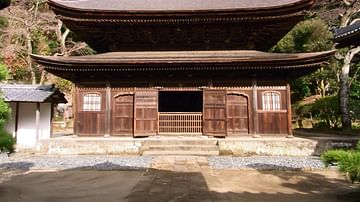
Definition
Kamakura
Kamakura is a coastal town located on Sagami Bay on Honshu Island, Japan, which was the capital of the Kamakura Shogunate from 1192 to 1333 CE. Provided with excellent natural defensive features, it was fortified and made the base of the...
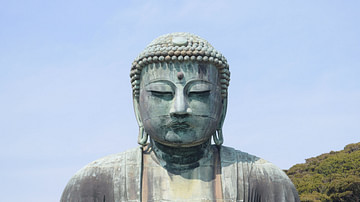
Definition
Kamakura Period
The Kamakura Period or Kamakura Jidai (1185-1333 CE) of medieval Japan began when Minamoto no Yoritomo (1147-1199 CE) defeated the Taira clan at the Battle of Dannoura in 1185 CE. The period is named after Kamakura, a coastal town 48 kilometres...
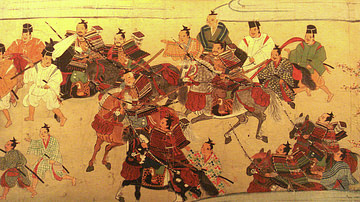
Definition
Muromachi Period
The Muromachi Period (Muromachi Jidai, 1333-1573 CE) refers to the period of Japanese medieval history when the Ashikaga shogun capital was located in the Muromachi area of Heiankyo (Kyoto). Replacing the Kamakura Shogunate (1192-1333 CE...
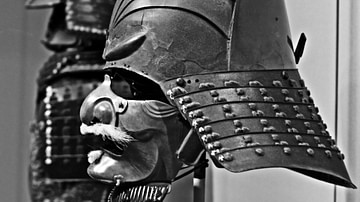
Definition
Medieval Japan
The medieval period of Japan is considered by most historians to stretch from 1185 to 1603 CE. Stand out features of the period include the replacement of the aristocracy by the samurai class as the most powerful social group, the establishment...

Image
The Great Buddha of Kamakura
The Great Buddha of Kamakura is a monumental outdoor bronze statue of Amitabha Buddha situated inside the Kotoku-in Temple in Kamakura, Japan. The statue is made of bronze and dates from 1252 CE. The statue is about 13 m (43.8 ft) tall, weighing...

Image
Face of the Great Buddha of Kamakura
The Great Buddha of Kamakura was completed in 1252 CE and was made of bronze. One can, however, still see traces of the gold leaf that was applied to the statue in medieval times.

Image
Shari-den, Engakuji, Kamakura
The Shari-den building of the Buddhist monastery site Engakuji, Kamakura, Japan. Established c. 1283 CE, the building is the only survivor from the Kamakura period (1185-1333 CE) and is thought to house a tooth of the Buddha brought from...
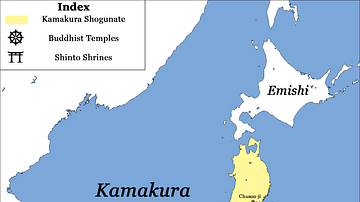
Image
Major Temples and Shrines of Japan circa 1200 CE, Kamakura Shogunate
This map depicts all major Buddhist temples and Shinto shrines of Japan around the year 1200 CE. Notice that many renowned temples (such as the famous Kinkaju-ji) have not yet been built at that time. The map highlights the city of Kamakura...

Image
The Close-up of the Great Buddha of Kamakura
Completed in 1252 CE, the Great Buddha of Kamakura has survived countless earthquakes, including the devastating 1923 Great Kanto Earthquake, and a tsunami in 1498 CE. Since that tsunami, the statue has remained outside and has never been...
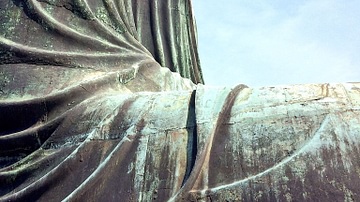
Image
Close-up of the Great Buddha of Kamakura
One of the cultural icons of Japan, the Great Buddha of Kamakura was completed in 1252 CE and is made of bronze.